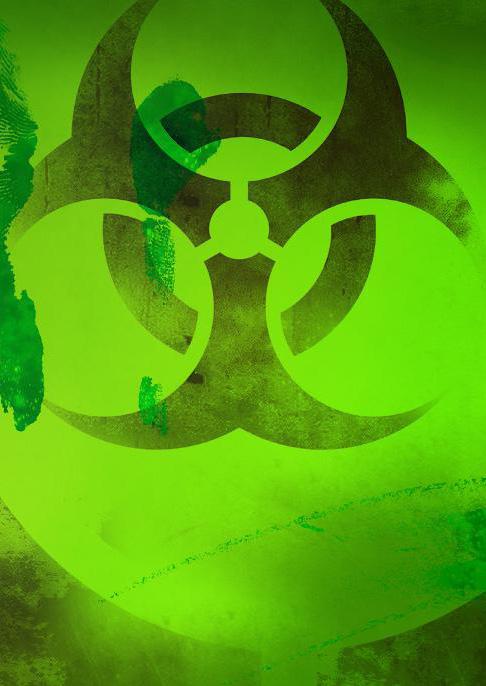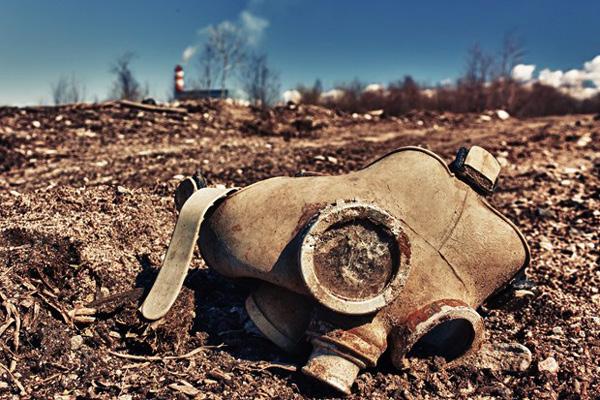
4 minute read
THE DARK SIDE OF BIOTECHNOLOGY
Sena TÜRK
Biotechnology is a common field composed of molecular biology and genetic sciences, used to understand, and change the functions of humans, animals, plants, and microorganisms. It covers various techniques, provides solutions to problems, and produces useful products by using biological systems and processes.
Advertisement
Thisterm,whichwasfirstusedin1919,datesbacktothe1700s.Biotechnology,amultidisciplinary branch of science; emerges from the combination of many fields such as physics, chemistry, genetics, biology, physiology, biochemistry, microbiology and molecular biology. In this sense, it is possible to see biotechnology in every aspect of our lives every day. Today, biotechnology has five basic areas: medical, food, agriculture and animal husbandry, environment, and industrial. Other sub-branches appear with color codes such as red, yellow, blue, dark, white, and gold. US National Foundation Director Dr. R. Colwell at a biotechnology meeting says explaining his opinion: “If we could weave a flag for biotechnology, some say, it would feature three colors: red for medical applications, green for agricultural and white for industrial. In fact, this flag may accrue even more colors over time as environmental and marine biotech and other applications add their stripes. Today, it is possible to say that biotechnology has color codes and shades as rich as a rainbow.’’
Now let us get to know better one of these color codes, dark biotechnology. Similar to any research, biotechnology has its dark side as well. The dark side of biotechnology is referred to as dark biotechnology in color code and includes the fields of bioterrorism, biowarfare, biocrime, and anticrop warfare using microorganisms. It also studies toxins that cause disease and death in humans, pets, and plants. In other words, dark biotechnology is related to the negative side of biological sciences.The US Center for Disease Control and Prevention has defined a bioterrorism attack as “The deliberate release of viruses, bacteria or other microbes used to cause disease or death in humans, animals or plants.”
Biological Weapon
Biological weapons are disease-causing agents, such as bacteria or viruses that are deliberately usedtoharmothers.Biologicalwarfareagents:Itincludesmicroorganismssuchasbacteria,protozoa, rickettsia, viruses and fungi, and biological toxins produced by microorganisms, plants, or animals. Some of these agents are highly lethal, while others play a debilitating role. When compared to nuclear, chemical, and conventional weapons, the diversity of biological weapons shows one of the most important features that set them apart. The highly contagious, easily, and rapidly usable microorganism can be used as a biological agent.Today, 43 microorganisms can be used as biological weapons candidates. The most important of these are anthrax, brucella, plague, Q fever, tularemia, smallpox, viral encephalitis, viral hemorrhagic fever, botulism toxin, and staphylococcal enterotoxin B. They also have very high impact rates with little effort. For example, 50 kilograms of anthrax spores are capable of making 75,000 people sick in an hour when put into a ventilating system of an indoor stadium. Biological weapons with high contamination potential can be the perfect weapons for terrorists who are of enough power to cause bioterrorism.Also, they provide power to individuals, societies, and whole nations. Therefore, the field of bioterrorism and biological weapons has become one of the biggest ethical concerns and has led to several international agreements.
Some of the features that should be found in biological weapons can be listed as follows; 1-Easy to find, easy to produce and easy to store, 2-Having a wide area of influence, 3-Can be produced at low costs, 4-High resistance to outdoor conditions (sunlight, dryness, and heat), 5-It can be transmitted from person to person, 6-Cause severe illness or death, 7-Lack of an effective treatment or prophylaxis method, 8-It can be counted that it creates a panic effect in the masses and causes a collapse in the health system. Bioterrorism
The concept of bioterrorism emerged with the terrorist attack that took place in the USA in September 2001. Bioterrorism can be defined as using pathogens in humans, animals and plants by individuals, groups, or governments to gain ideological, political, religious, or economic victories, by creating panic in societies by causing death or creating diseases. Biological agents used can be in their natural form, in a form that can change with the environment to cause disease, or in a form resistant to antidotes.
Biological Warfare
Biological warfare is a method of warfare aimed at killing or damaging humans, animals, and plants using microorganisms and toxic chemicals. The history of this warfare technology goes back to ancient times. The use of poisonous gases in World War I was one of the most important examples in history, it revealed the dark side of science.
In short, it can be said that what makes biotechnology dark is the deliberate use and spread of harmful microorganisms, pathogens, or toxins to cause the spoilage of humans, crops, and livestock.
Inadditiontothegreatadvantagesprovidedbybiotechnology,wealsoseethatithasdisadvantages such as providing tools to destroy lives and the environment. Although the production and use of biologicalandbiochemicalweaponsarecontrolledandmonitoredinlinewithethicalissues,biological warfare and bioterrorism are not completely under control. Therefore, it is vital to detect a biological attack in advance or to develop methods for immediate identification in case of release of bio-agents.












